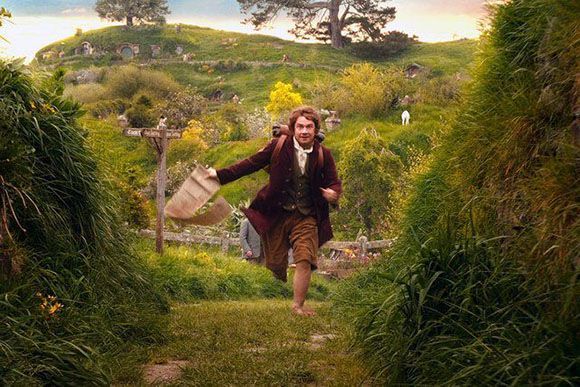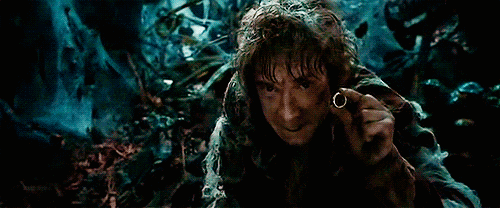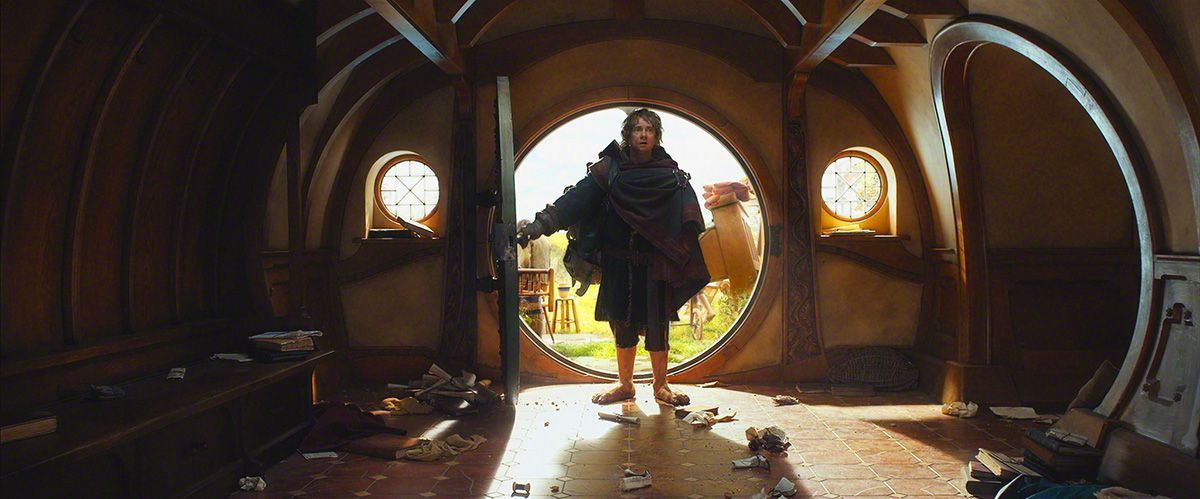Plots and Subplots
Dear Diary, I had the strangest dream last night. I was stuck inside a carnival fun house. When I passed through the maze of mirrors, I couldn't see my reflection. I woke up in a cold sweat, but I pulled myself together. I needed to be fresh for the biology exam. At school, my friends acted weird. They said I kept appearing in the halls and ignoring them when they called to me. I figured they were just joking around. Then, on my way home, I felt like someone was following me. I jumped behind a bush and waited for them, expecting to see my friends. My blood froze as a single person walked past, and I stared into my own face.


PLOT refers to the main events in a story. A plot is made up of a series of threads or events that are connected in some way. A great plot is built on logic. That means when something happens there must be a consequence. Everything you add to a story should push the plot forward.
👇🏽 How A Plot Is Typically Structured 👇🏽
Exposition - the introduction of information in your story. This may be where we meet the protagonist. Or we may experience an event that affects the protagonist. Exposition can be conveyed through dialogue or narration, sometimes through a flashback or prologue. Here, writers often try to Hook the reader with something shocking. However you present your story's exposition, be sure to keep your writing concise and deliver it through action. Your readers have not yet become invested in your characters. Lure them in with something exciting or outrageous.
Inciting Incident - an event that disrupts the status quo and starts the story's momentum. Sometimes the Hook serves the purpose of the inciting incident. The protagonist experiences something new and external that affects their life. This is their Call to Adventure.
Binding Point - the protagonist is confronted with a situation and attempts to resolve it. There is likely angst and pushback, or maybe there is excitement and hope if the incident is a positive one. Either way, this is the pivotal moment when your protagonist is forced to change course. To make a choice. This is The Point of No Return.
Rising Action - the protagonist's world has just changed and they are tripping over their own sword on their way to fight the battle. They need to learn skills, maybe through a mentor, a failed experience, a black eye, a quirky friend with a sense of humor. Consider your character arc here. Where did your protagonist start their journey? Where are they going? And what is unique about both?
1st Pinch Point - the pressure is amped up here. Maybe the villain kidnaps the love interest. Or the river overflows and destroys the protagonist's prize winning rose garden. The pinch reminds your audience of the danger facing the protagonist and the force of the antagonist's power.
Midpoint - halfway through the rising action, around the middle of your book, we enter a whole new world where the protagonist can never return to the way things were. Sometimes the midpoint is the first time the character tries to solve the problem and it actually works. Or maybe it's an unmitigated failure. Either way, this act often ends with the low point for the protagonist and acts as the impetus for change.
Trials and Challenges - the protagonist is no longer in reaction mode. They understand what needs to be done to defeat the antagonist, and they aggressively take action in pursuing their goal. Although they may continue to make mistakes, they are also making headway against the antagonistic force. Everything seems to be going well for the protagonist until the 2nd Pinch Point.
2nd Pinch Point - this event serves to remind both the reader and the protagonist exactly what is at stake. Here, the protagonist enters the pre-climax stage. They are frustrated and losing hope. But they have come too far to give up.
Climax - the point of highest tension and drama. Where the protagonist and antagonist duel. Where the protagonist reaches their goal and wins or loses. Either way, a logical conclusion must follow.
Falling Action & Resolution - after the climax, when the combatants walk away from the ring, the reader should be able to answer what is different? What does it look like when the loose ends are tied? Don't skimp on the conclusion. A sudden ending without closure will leave readers unsatisfied.
🧙🏽♂️ Sample Plot from The Hobbit 🧙🏽♂️
Exposition: We meet Bilbo Baggins, who is enjoying some alone time in his hobbit hole.
Hook: Bilbo is visited by Gandalf, a wizard who is responsible for taking so many quiet lads and lasses on mad adventures. Through his cleverness, Gandalf attempts to lure Bilbo on an adventure.
Inciting Incident: The Dwarves show up on Bilbo's doorstep, take over his home, and tell him they need a burglar to steal a precious treasure from a dragon's lair, essentially luring him further into Galdalf's clever plan.
Binding Point: After initially refusing, Bilbo accepts the job of burglar, which raises a dramatic question that needs to be answered by the climax. Given Bilbo's non-adventurous nature, will he be a good burglar? Will he survive his adventure?

1st Pinch Point: During the Rising Action, Bilbo gets his first taste of danger; an encounter with three hungry trolls.
Midpoint: Bilbo and the dwarves are captured by goblins in the mountains.
1st Plot Point: Bilbo is separated from the others and finds a ring that turns him invisible. Suddenly, he is a useful member of the company.

2nd Pinch Point: While wandering in the forest of Mirkwood, the dwarves are captured by giant spiders, then by the wood-elves. Bilbo manages to escape both times and rescue his friends, because of the ring.
Turning Point: Enraged by the dwarves and their attempts to steal from his plunder, Smaug leaves his lair and attacks Lake Town.

Dark Night of the Soul: Smaug lays waste to Lake Town and its inhabitants until he is finally slain. The remaining townspeople rail against Bilbo and the dwarves.
Climax: The tragedy in Lake Town triggers the Battle of Five Armies.
Falling Action & Resolution: A dying Thorin gives up his grudge and forgives Bilbo. Bilbo takes his share of the treasure and returns home.

👇🏽 A Few Important Words About Subplot 👇🏽

SUBPLOTS are governed by the same principles as the main plot, only they're much smaller. And you don't need to build each one using the typical plot structure. A three point structure will do these things: give the character a goal, make them struggle to achieve it, bring things to a resolution (win, lose or draw).
A subplot can revolve around the protagonist, or it can be about one of the other major characters. Subplots are there to enhance and strengthen the main story. They are not there to compete with it. They can turn what might otherwise be a slim novel into something more substantial, helping with characterization, theme, filling in gaps, and adding variety wherever the main plot action might lag.
For example: The protagonist is a criminal who plans to rob a casino. If the protagonist is also trying to keep his wife from walking out on him, the scenes in which he attempts to convince her that this will be his last job (before they retire to Italy) are a subplot.
Finding the right way to incorporate subplots can be tricky. Brainstorm ideas that can deepen the tension and make your MC's scenario more complex. Here are four subplot tips to consider when crafting your next story:
◾ Consider character-driven plots. These characters can either help or hinder the main character.
◾ Create a parallel subplot that connects to the main plot, showing different sides of the same plot. This builds suspense as the reader waits for the two plots to collide.
◾ Ramp up the tension with subplots to foreshadow and drop clues to events your main character may or may not be aware of.
◾ Be sure subplots are resolved before the main plot. The exception is romance subplots, which usually conclude in the final scene.
Bạn đang đọc truyện trên: AzTruyen.Top